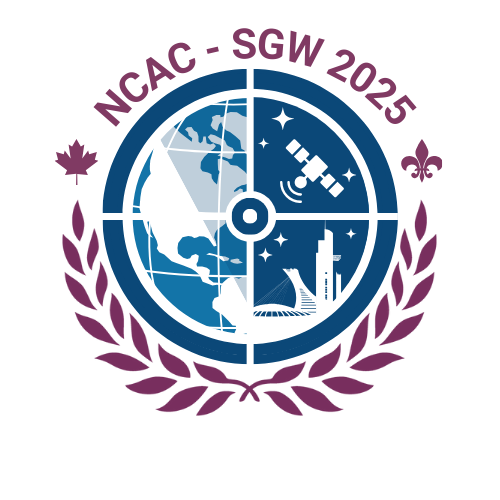SGAC Philippines
National Points of Contact
Philippines
Mabuhay! Welcome to the SGAC Philippines🇵🇭 page.
The Philippines is considered to be one of the most promising countries for space activities in the Asia-Pacific region. With the recent establishment of the Philippine Space Agency (PhilSA), the participation of students and young professionals is pertinent now more than ever. SGAC’s activities endeavor to support the local space industry and PhilSA in making space and achieving the best for our country.
The SGAC Team in the Philippines look forward to being the leading community in identifying sustainable use of space for the improvement of Filipino lives in accordance with the SGAC mission and vision!
Check out our activities and help the Philippines make space!
Overview of Activities in your Country
In 2020 and 2021, SGAC members from the Philippines assumed new roles as Executive Secretary, Regional Coordinator, and new National Points of Contact. Despite the pandemic and the lockdown situation in the Philippines, several SGAC events were organized:
- (June 2020): SGAC Intro to SSERD-PH which introduced SGAC to young members of the Society for Space Education, Research, and Development in the Philippines
- (August 2020): Space for the Philippines (2-day webinar series)
- Day 1: Introduction to SGAC and Coffee Hour
- Day 2: Space in the Philippines and Beyond – a Panel Discussion with the Director-General of PhilSA and an Asia-Pacific space consultant on the outlook and opportunities in the Philippines and Asia-Pacific space industry
- (October 2020): Emerging Satellite Perspectives for the Philippines which was in celebration of World Space Week co-organized with PhilSA to discuss emerging applications of satellite technologies:
- Satellite and Telemedicine in the Philippines
- Satellite Observation for Sustainable Development
- Intercultural Aspects of Collaborative Satellite Development
- (October 2021): EXCHANGING LESSONS LEARNED: Gender Diversity and Equality in Space which was one of the biggest local online event organized thus far. The panel involved a very diverse set of speakers from:
- Philippines – Engr. Edgar Paolo ‘Kaps’ Violan from the Philippine Space Agency
- Taiwan/US – Ms. Neevy van Laningham from the American Institute in Taiwan
- Germany/ESA – Prof. Dr.-Ing. Johann-Dietrich Wörner from the National Academy for Science and Engineering
- Africa – Ms. Carla Sharpe from the South African Radio Astronomy Observatory
- UAE – Ms. Hoor AlMazmi from the UAE Space Agency
Several members from the Philippines also participated in international SGAC events, such as the Space Generation United (SGU), Space Generation Congress (SGC) and the Asia-Pacific Space Generation Online Workshop (AP-SGOW). There were also representatives in international space events, such as IAC – The Cyberspace Edition, 2020 Mars Society Virtual Convention, and 2020 Online Global Moon Village Workshop.
Country Specific Events for 2020
|
SGAC held Space for the Philippines, its first SGAC event in the Philippines, on August 29, 2020 with the newly recruited NPoCs introducing SGAC. Despite not being able to conduct a physical event due to the pandemic, the online event was a success with over 200 participants. |
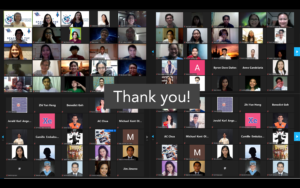 |
|
On August 30, 2020, SGAC invited guest speakers including PhilSA Director-General, Dr Joel Marciano, and Asia-Pacific space consultant, Nicolas Borroz for Space in the Philippines and Beyond, a panel discussion where over 200 participants asked questions about opportunities in space over the region. |
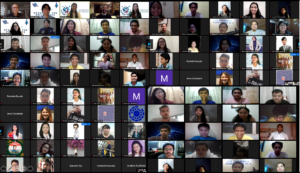 |
|
During the World Space Week, SGAC organized an event to discuss Emerging Satellite Perspectives for the Philippines on October 10, 2020 with guest speakers Dr Quennie Raagas, Dr Hiroyuki Miyazaki and Karin Brunneman. |
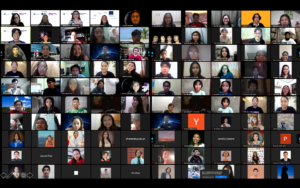 |
|
SGAC members in the Philippines did a virtual caroling and sang Filipino Christmas songs to share Pasko, the Philippines Christmas culture, during the 2020 Asia-Pacific Space Generation Online Workshop in December 2020. |
 |
|
Diwata-1, the Philippines’ first microsatellite which was launched in 2016, was decommissioned on April 6, 2020 after having spent nearly 4 years in space. Being the first satellite built by Filipino scientists and engineers of the Development of Philippine Scientific Earth Observation Microsatellite (PHL-Microsat) Program (now STAMINA4Space), it exceeded its initially projected lifespan of 18 months. You can learn more about Diwata here: https://stamina4space.upd.edu.ph/diwata-1/ |
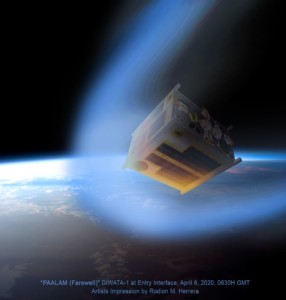 |
|
Diwata-1 provided Filipinos with their own accurate and reliable satellite data that have been used for various applications, including monitoring weather, acquiring geographic images (over 17,000 pictures of the Earth), and providing data on typhoons, earthquakes, and other disasters. Diwata-1’s images are publicly available at: https://stamina4space.upd.edu.ph/images/ |
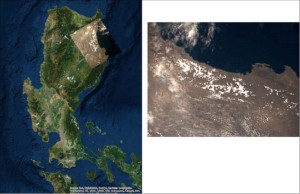 |
|
Maya-1, the Philippines’ first nanosatellite launched in 2018, completed its mission to demonstrate radio communication with far-flung locations during natural disasters. It stayed in low earth orbit for 28 months and re-entered Earth on November 23, 2020, exceeding its expected life span of 6-9 months |
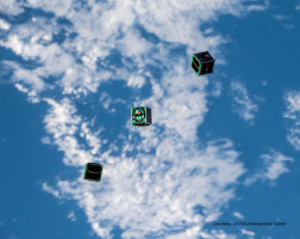 |
|
Diwata-2, the second microsatellite of the Philippines deployed in 2018, was improved with Enhanced Resolution Camera (ERC) for pansharpening images and an experimental amateur radio unit (ARU), which can be used as an alternative mode of communication for emergency response. It’s currently active and you can track its location at https://tracker.stamina4space.upd.edu.ph/ |
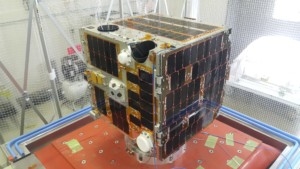 |
|
Maya-2, the second nanosatellite of the Philippines deployed into low earth orbit from the ISS on March 14, 2021. It incorporates more advanced technology demonstration missions. Later in the year, Maya-3 and Maya-4 (which will have an infrared camera), are expected to be launched. |
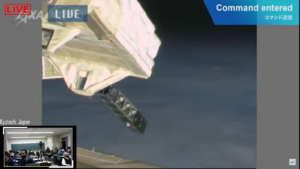 |
|
To congratulate the Philippines for the successful launch of Maya-2, Astronaut Soichi Noguchi took a photo of Palawan at dusk as seen from the International Space Station (ISS). |
 |
Interesting Links for the Space Generation in Philippines
|
Purpose |
Link |
|
Philippine Space Agency (PhilSA) |
|
|
Government/Related Organizations
|
|
|
Astro/Space-Related Businesses
|
|
|
Astronomy Organizations or Online Communities
|
|
|
Collegiate Astro-related Organizations
|
|
|
High School Astro-related Organizations
|
|
|
Publications
|

